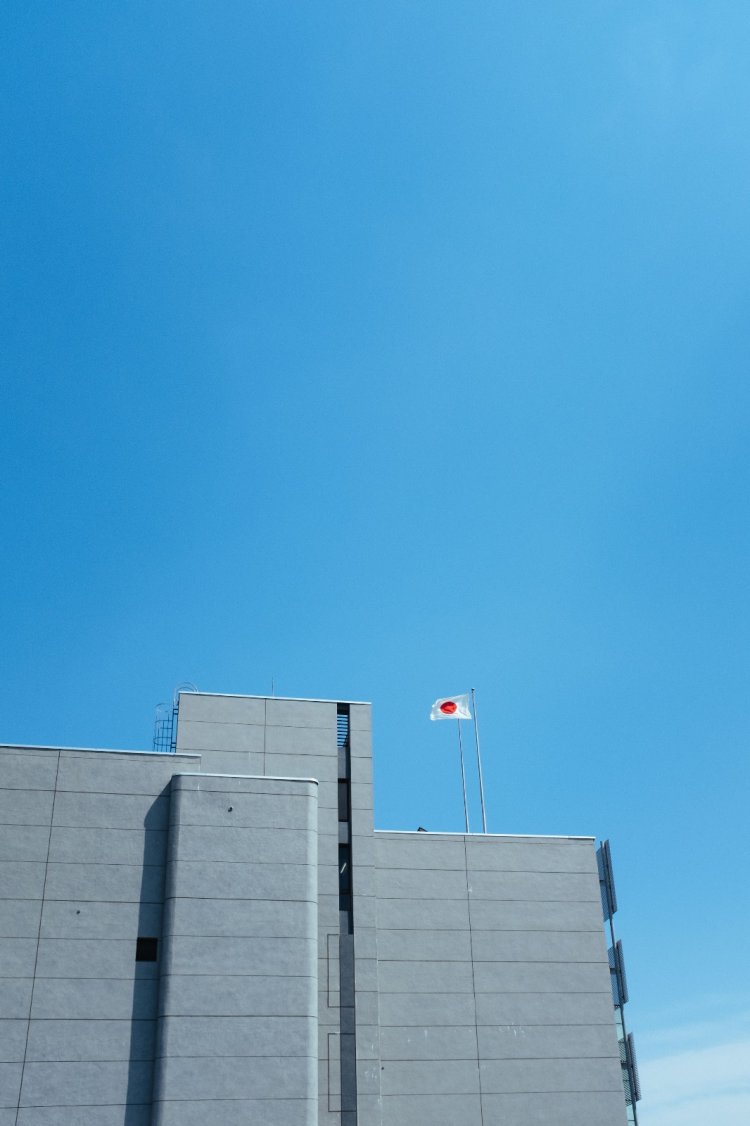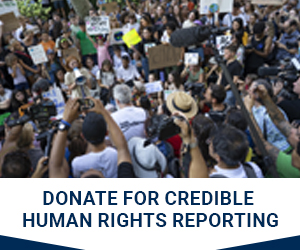Death Penalty Sought Over Fire That Killed 36 Despite Arguments of The Perpetrator’s Diminished Mental Capacity

11-12-2023
Vedran Muftic
East Asia Researcher
Global Human Rights Defence
Last week, prosecutors demanded the death penalty for Shinji Aoba, who in 2019 set fire to an animation studio which killed 36 people. Aoba's motivation was based on the studio rejecting a novel he had submitted, sparking revenge. The defense argues that Aoba should be acquitted on the grounds that he was mentally incompetent at the time of the crime. Lawyers say that one of the two doctors who evaluated Aoba diagnosed him with "severe delusional disorder". Aoba claims that the studio stole his work however no similarities between Aoba’s work and the studios’ work were found. If found guilty, he should be spared the death penalty by reason of diminished capacity [1].
Imposing the death penalty on individuals suffering from any form of mental disorder is not practiced under international law, with substantial support for this stance found in various documents and customary international law [2]. Japan alongside The US is the only nation in the OECD to still use capital punishment. In the US, while there is no ban on execution of people with mental illness or people deemed “insane”, a small number of states have laws that create an exemption for this [3]. Japan on the other hand has no laws protecting persons with a mental disorder in a trial.
Even if Aoba is considered fit enough to stand trial, the death penalty is still a human rights issue. Capital punishment breaches right to life and the right from to live free from torture or cruel, inhuman punishment under the Universal Declaration of Human Rights [4]. What has been condemned particularly in Japan’s case is the conditions under which death row inmates live. Inmates on death row live in solitary confinement; a four and a half square meter cell which they only leave to bathe and exercise. They are not told when they will be executed until the day of the execution. In the execution chamber, three prison wardens simultaneously push separate buttons, only one of which releases the trapdoor. This way, they never find out which one released the trapdoor. Their family members, lawyers and the media are informed only after the execution [5].
References and further reading
[1] Death penalty sought over Kyoto Animation fire that killed 36 | The Asahi Shimbun Asia & Japan Watch. (n.d.). The Asahi Shimbun. https://www.asahi.com/ajw/articles/15077411
[2] U.N. Office of the High Commissioner for Human Rights, The Question of the Death Penalty, E/CN.4/RES/2003/67, Apr. 25, 2003.
Cases:
Echr. (n.d.). HUDOC - European Court of Human Rights. https://hudoc.echr.coe.int/eng?i=001-69022&%7B%22itemid%22%3A%5B%22001-69022%22%5D%7D
Echr. (n.d.-b). HUDOC - European Court of Human Rights. https://hudoc.echr.coe.int/eng#{%22itemid%22:[%22001-146044%22]}
Echr. (n.d.-c). HUDOC - European Court of Human Rights. https://hudoc.echr.coe.int/eng#{%22itemid%22:[%22001-57619%22]}
[3] Center, D. P. I. (2023, September 29). Mental illness. Death Penalty Information Center. https://deathpenaltyinfo.org/policy-issues/mental-illness
[4] United Nations. (n.d.). Universal Declaration of Human Rights | United Nations. https://www.un.org/en/about-us/universal-declaration-of-human-rights
[5] Japan Gives Journalists a Tour of Its Execution Chambers | New York Times
https://www.nytimes.com/2010/08/28/world/asia/28tokyo.html




 GHRTV
GHRTV 




























